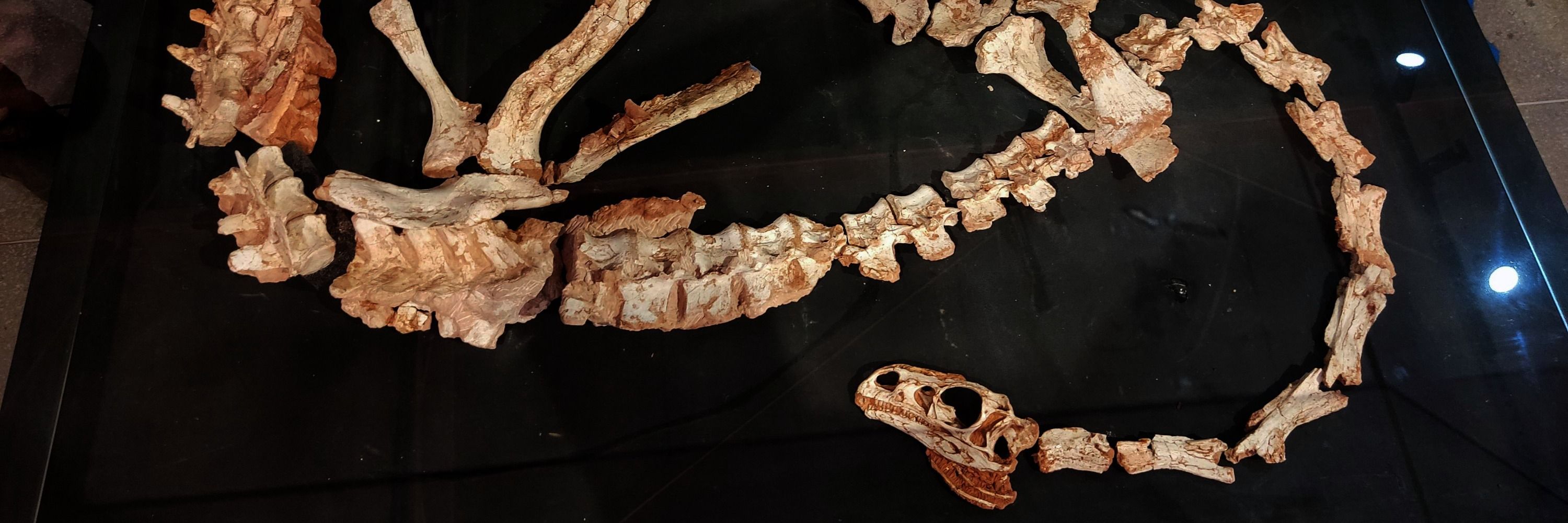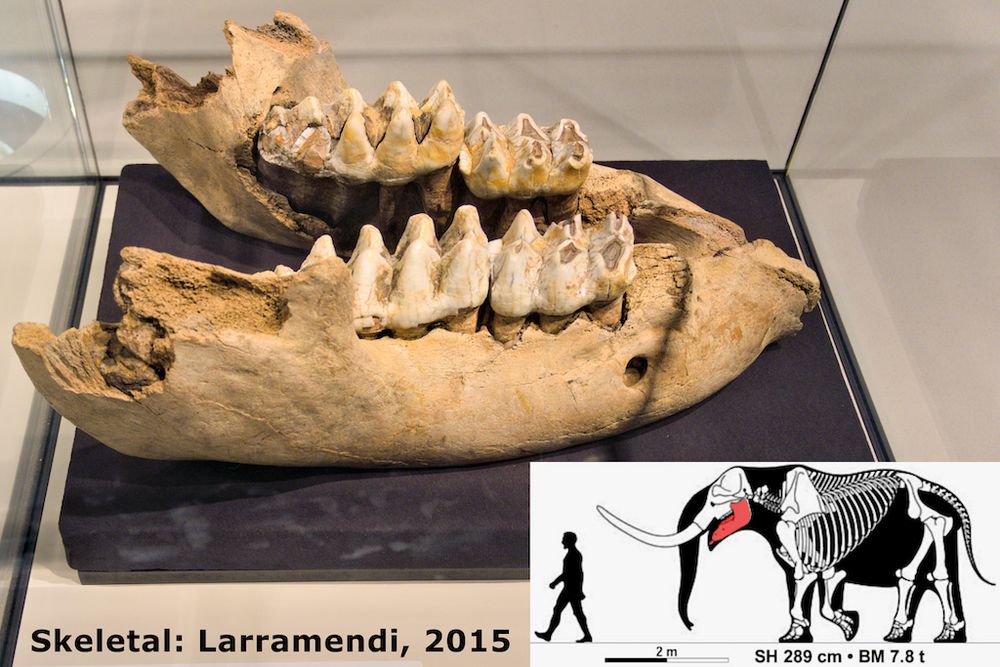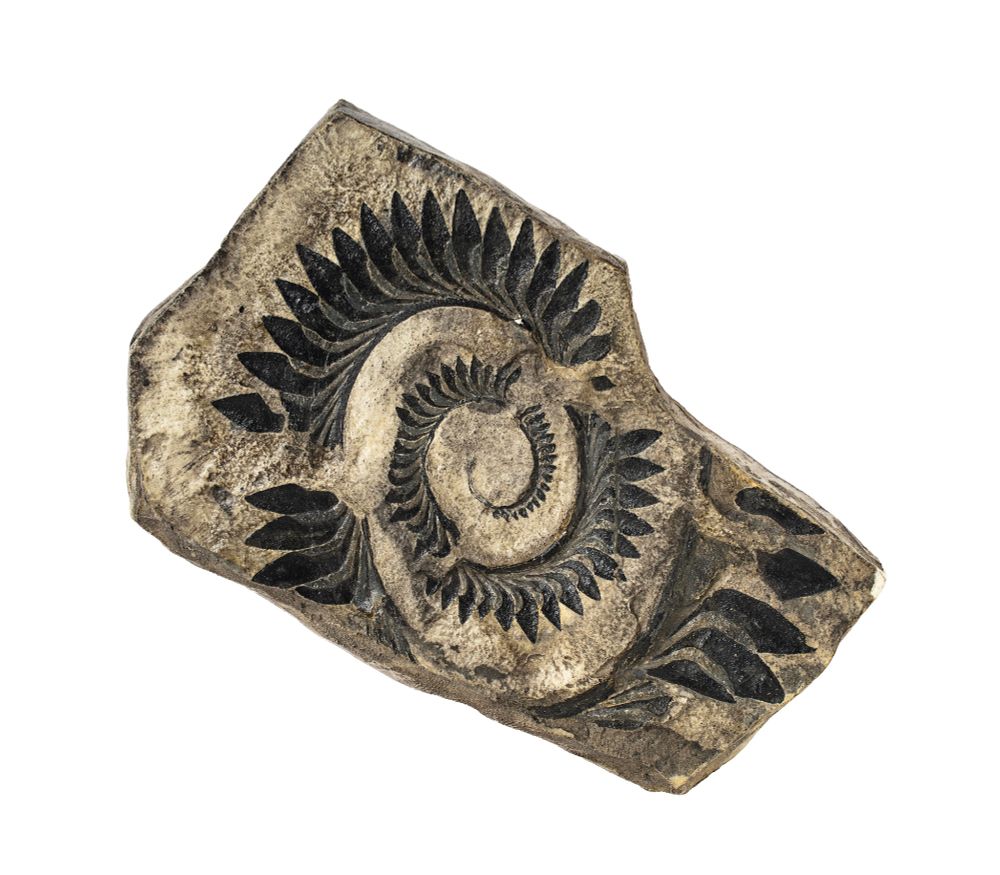Prof. Juan Cisneros ⚒️🐉
@cisneros.bsky.social
5.7K followers
610 following
500 posts
Paleontólogo na UFPI, Teresina. Leio os ossos e as rochas. Desvendo o passado. Imigrante. Anticolonialista. Repatriação. Restituição. 🇸🇻 🇧🇷 🇿🇦
https://pt.wikipedia.org/wiki/Juan_Carlos_Cisneros
Posts
Media
Videos
Starter Packs
Pinned
Reposted by Prof. Juan Cisneros ⚒️🐉
Reposted by Prof. Juan Cisneros ⚒️🐉
Reposted by Prof. Juan Cisneros ⚒️🐉
Reposted by Prof. Juan Cisneros ⚒️🐉
Reposted by Prof. Juan Cisneros ⚒️🐉
Reposted by Prof. Juan Cisneros ⚒️🐉
Reposted by Prof. Juan Cisneros ⚒️🐉
Reposted by Prof. Juan Cisneros ⚒️🐉
Reposted by Prof. Juan Cisneros ⚒️🐉
Reposted by Prof. Juan Cisneros ⚒️🐉
Reposted by Prof. Juan Cisneros ⚒️🐉
Reposted by Prof. Juan Cisneros ⚒️🐉
Reposted by Prof. Juan Cisneros ⚒️🐉
Reposted by Prof. Juan Cisneros ⚒️🐉
Reposted by Prof. Juan Cisneros ⚒️🐉
Reposted by Prof. Juan Cisneros ⚒️🐉
Reposted by Prof. Juan Cisneros ⚒️🐉
Reposted by Prof. Juan Cisneros ⚒️🐉





























